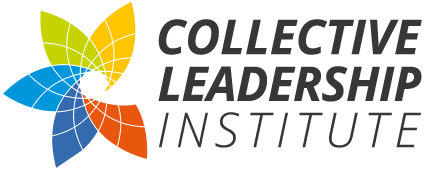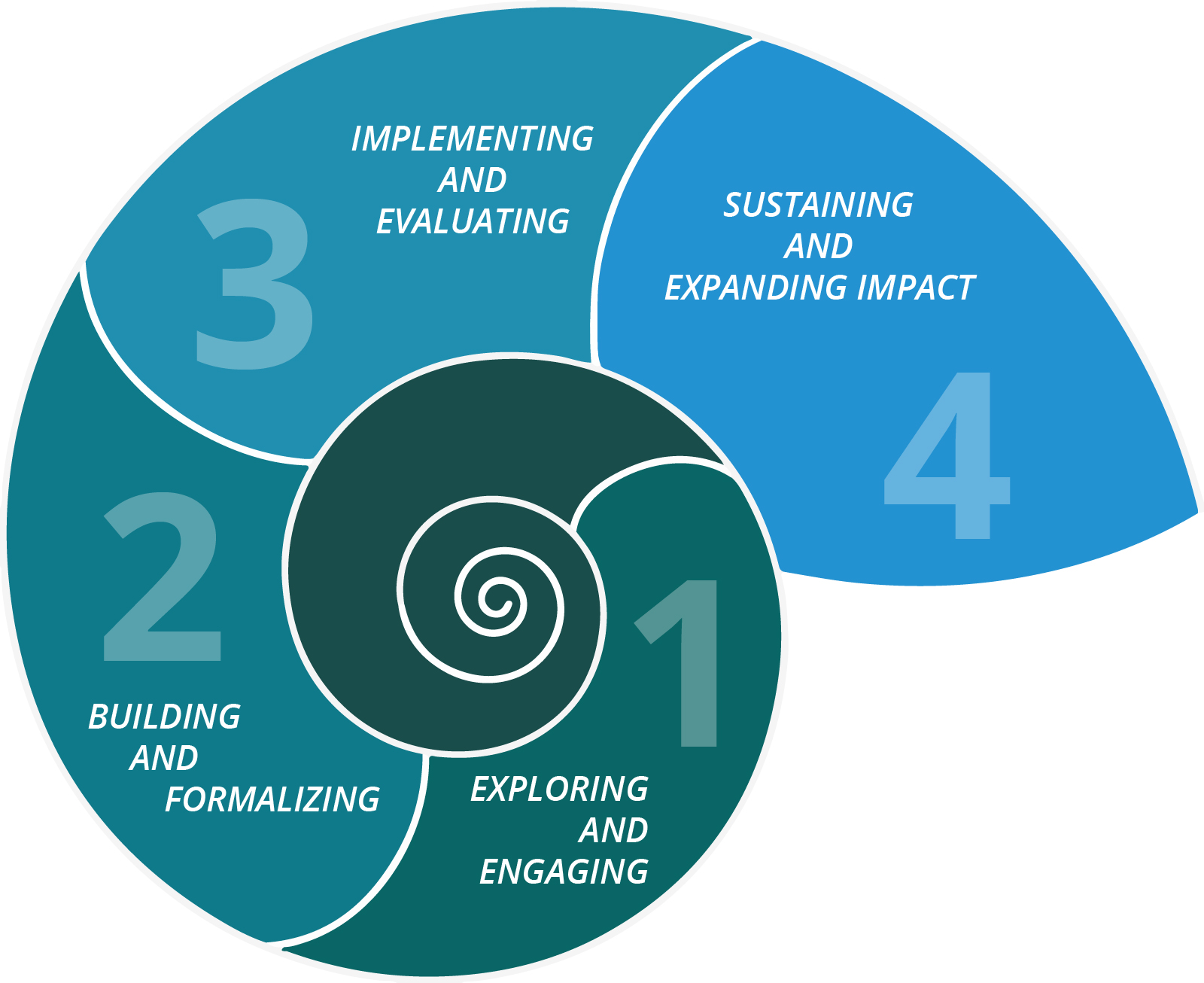IMPLEMENTING AND EVALUATING
Phase 3 can be seen as the actual implementation of planned activities, including the establishment of an internal Stakeholder Dialogue monitoring system to ensure results and learning. Here, result orientation is a key factor for success. For Stakeholder Dialogues to deliver, it is crucial that stakeholders perceive visible change during the dialogue process, otherwise they might lose interest in the dialogue and in implementing change. It helps – particularly at the beginning – to concentrate on easily achievable results. The goal of a well-structured Phase 3, one could say, is to show that change is possible.
Another decisive factor for a successful dialogue and collaboration in implementation is the degree of joint implementation (respectively sufficiently coordinated implementation) and the opportunity for joint review. If the implementation is complex, a secretariat or support team can be appointed to assist in the coordination of implementation and the monitoring of results.
During the implementation, there must be opportunities to regularly reflect on the original initiative, as well as on the ongoing process. Sometimes it becomes apparent during the implementation that certain contextual aspects were not adequately considered or that important stakeholders were not included in the process. At this point, it may therefore be helpful to take up the approach used in Phase 1 again to clarify the context fully, extend capacity building, or integrate new stakeholders into the process. Phase 3 can take months or years, and is concluded when the agreed-upon goals have been reached.
The complexity of a process often becomes evident during this phase, sometimes in the form of a crisis. Crisis symptoms may include criticism from external parties, stakeholders voicing new, previously unspoken interests, negative press, counter initiatives, endless non-productive discussions, or a group of actors threatening to back out of the dialogue process. Political interests can often hold up an initiative’s development or complicate consensus-building. The more stability and trusting relationships have been created in Phase 1 and 2, the better such phases of instability can be overcome.
Expected results of phase 3:
Depending on the form and purpose of the Stakeholder Dialogue and area of implementation:
- Showcases of success
- Achieved milestones
- Project implementation reports
- Public communication and media coverage
- Established monitoring systems





